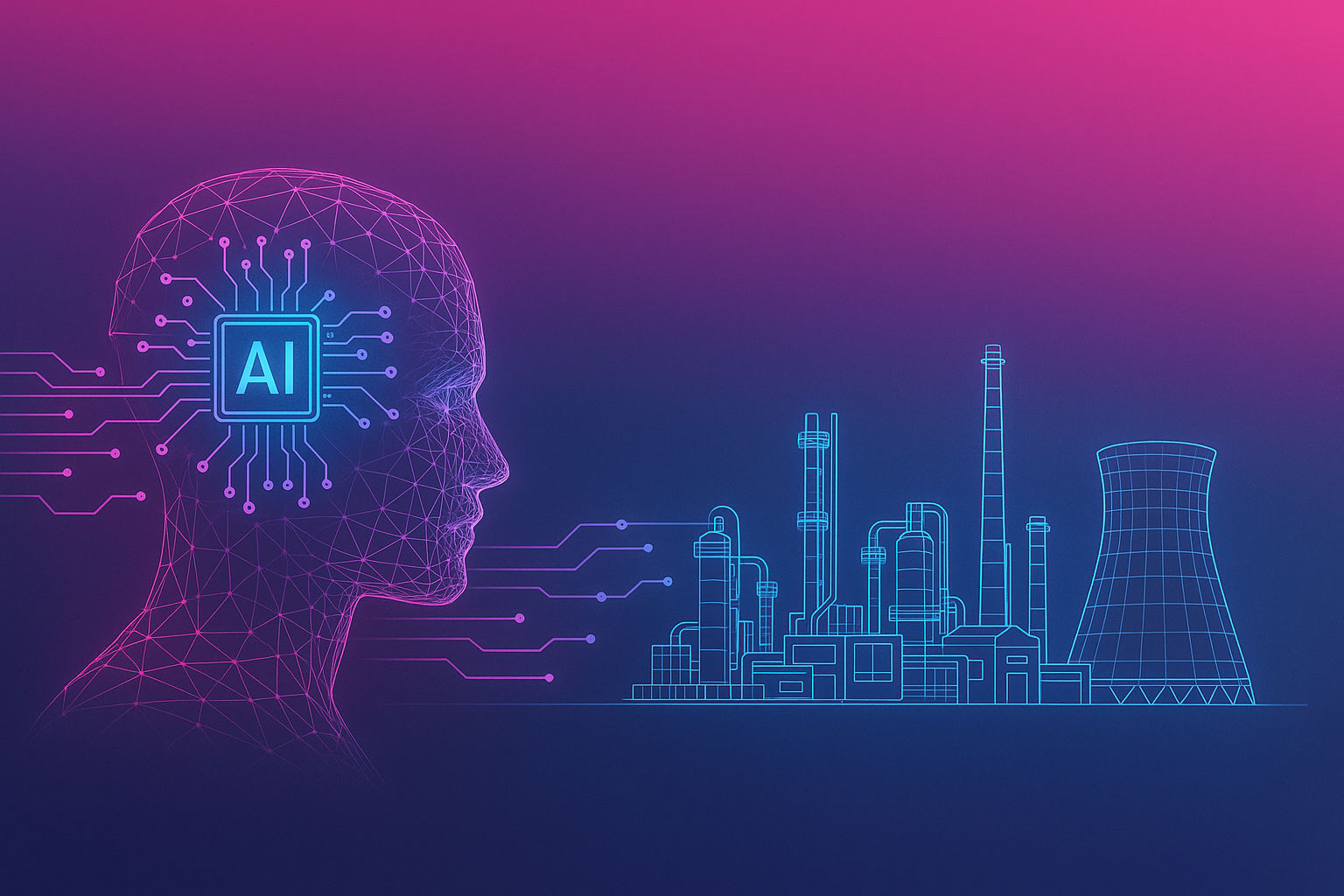What are Digital Twins
The concept of the digital twin dates back to NASA during the space race of the 1960s, although the term “Digital Twin” was only coined in 2002 by Michael Grieves in a lecture at NASA. A digital twin is essentially a digital mirror of a real process, machine, or operation. Its purpose is to improve simulation and analysis by showing how the mirrored system would react under different scenarios and conditions.
Initially, digital twins were used to study how rockets behaved under varying circumstances. Today, they are widely applied to improve operational performance and are becoming one of the flagship concepts of Industry 4.0, perhaps even a cornerstone for Industry 5.0.
The goal of a digital twin is to use real-time data from assets, processes, or systems to create a digital version of them. This version can simulate conditions, predict reactions, model changes, and leverage AI to enhance results. In essence, it allows operations to run a parallel mirror of themselves, learning continuously while testing new possibilities.
A common example lies in manufacturing. A digital twin can measure how the quality of raw materials affects machine performance, predict equipment lifecycle and failures, or assess how different operators respond in specific scenarios. On a larger scale, integrating sensors, real-time data, ERPs, and advanced models, the possibilities are virtually endless.
Twins, Simulations & Artificial Intelligence
Digital twins are often confused with simulations or isolated AI use cases, but the three are distinct, though deeply interconnected.
- Simulations: A simulation is essentially a static snapshot of how a scenario might perform. Parameters can be adjusted, and multiple scenarios tested, but simulations do not adapt to real-time data. They operate on “yesterday’s data.”
- Artificial Intelligence: AI use cases can react dynamically to real-world scenarios and adapt over time. However, they are often narrow in scope, addressing specific processes or pain points without integration across the broader system.
- Digital Twins: A digital twin brings these elements together. It uses historical data, integrates AI for forecasting and optimization, and leverages real-time data from complex systems. Most importantly, it creates a two-way interaction: the twin not only analyzes data but also provides direct feedback to operations, enabling adjustments in real time.
For example, in glass bottle manufacturing, cooling is a critical step. Many factors influence this process such as cooling method, timing, humidity, temperature, and production volume. A digital twin can determine the optimal cooling pace at any given moment, balancing quality, energy, and resource use. If raw materials change and affect cooling, the twin adapts instantly, communicates new instructions to the operation, and maintains efficiency. This integration eliminates isolated adjustments, making operations faster, cheaper, and more effective.
Where is it being used?
Operations extend beyond manufacturing to include planning, sourcing, warehousing, and logistics. Digital twins can be applied across the entire value chain:
- Planning: Enhancing S&OP and S&OE by combining real-time manufacturing, sales, and market data with AI forecasting and optimization models. For example, if demand slows in a region, the twin can adjust the S&OP scope, reduce stock, and update production planning.
- Sourcing: Assessing the impact of raw and packaging material characteristics. By combining sensor data, lab results, and manufacturing information, twins can detect whether raw material quality is affecting efficiency, margins, or safety. For instance, soybeans with high moisture may slow processes, cause losses, and damage machinery, insights a twin can detect and act upon.
- Manufacturing: The most traditional application, where digital replicas of production plants enable monitoring, setpoint adjustments, and predictive modeling. For example, sensors can forecast beer color during brewing, optimizing toasted malt use.
- Warehousing: Using warehouse management data to optimize stock levels and streamline processes. Digital twins can create a control tower to monitor all activities such as picking and packing, identifying inefficiencies and reducing costs.
- Logistics: Leveraging telemetry, GPS, and RFID data to optimize delivery and transport operations. Examples include 3D truck load optimization, route planning, and matching trucks, drivers, and orders while minimizing costs.
Benefits of Digital Twins
Digital twins deliver measurable improvements across operations:
- Performance Optimization: They provide a dynamic, real-time replica of processes, enabling continuous monitoring, bottleneck identification, and safe testing of improvements before implementation.
- Failure Prevention and Cost Reduction: Predictive maintenance minimizes downtime, reduces repair costs, avoids waste, and extends equipment life.
- Enhanced Decision-Making: Real-time analytics transform raw data into actionable insights, allowing decision-makers to test scenarios, evaluate risks, and act with confidence.
- Holistic Operational View: By integrating monitoring, prediction, and optimization into a single platform, digital twins boost efficiency, lower costs, and improve adaptability to market or operational shifts.
Challenges of Implementation
While powerful, implementing digital twins comes with challenges, particularly from an Operational Technology (OT) standpoint:
- IT-OT Integration: Real-time, bidirectional data flow between assets, cloud platforms, and operational layers requires secure, interoperable, and robust infrastructure.
- High-Granularity Instrumentation: Collecting fine-resolution data such as micro-vibrations or rapid environmental changes increases accuracy but drives up costs, installation complexity, and maintenance needs.
- Data Quality and Reliability: Harsh industrial environments can compromise data integrity. Ensuring accuracy demands calibration, redundancy, and validation processes.
- Legacy System Integration: Many plants rely on older PLCs, SCADA, or DCS systems not built for modern connectivity. Integrating them often requires costly retrofitting, middleware, or converters.
These barriers highlight why digital twin adoption should be phased and strategically managed.
Conclusion
Advances in AI and reduced sensor costs make digital twin implementation more accessible than ever. Yet, the mindset around twins remains too narrowly tied to manufacturing, where OT investment and IT-OT balance are more complex.
The real opportunity lies in viewing digital twins as a bridge to Industry 4.0 and even 5.0. Adoption does not require transforming entire operations overnight. Instead, it opens the door for organizations to evolve from reactive firefighting to proactive optimization. The results are clear: higher efficiency, more accurate decision-making, and above all, cost reduction, which remains the ultimate driver in operations.

 BLOG
BLOG






